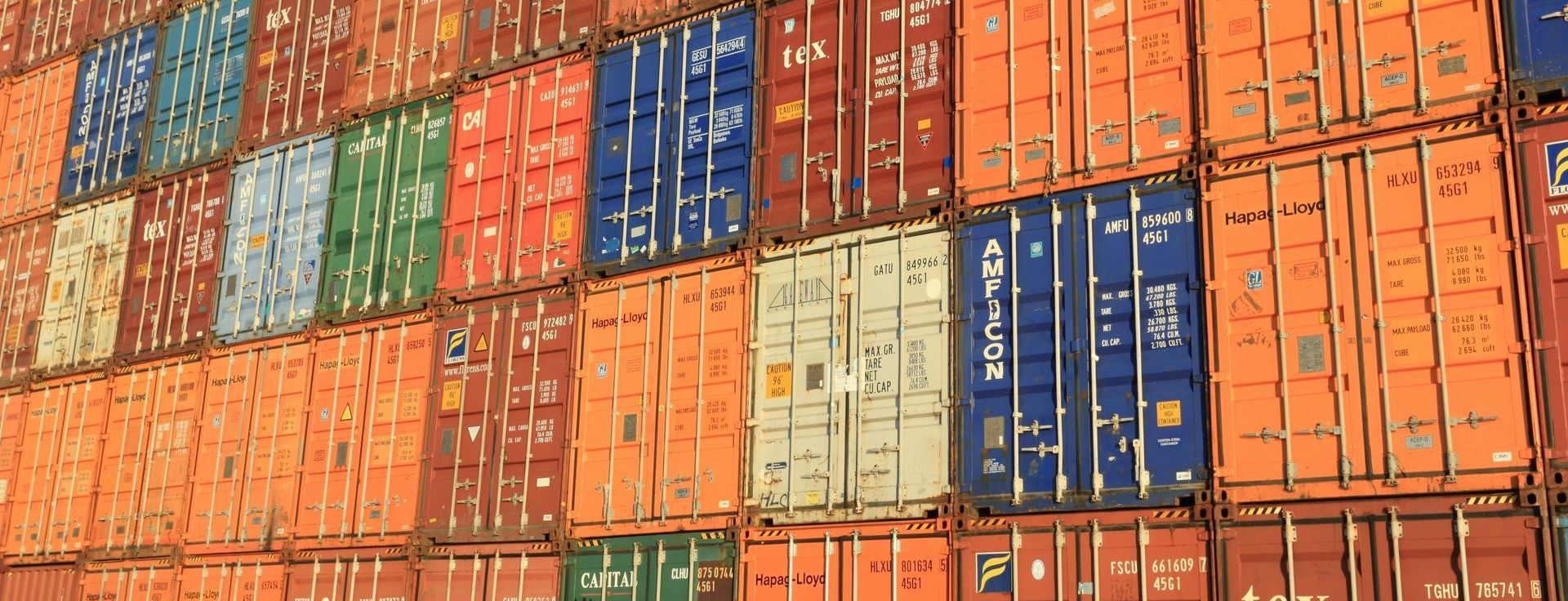Navigating Trade Agreements and Economic Growth in Southeast Asia

This interview was posted on the media Tech Collective on Feb 18, 2025 and can also be found at this link.
Many SMEs struggle to compete with larger multinational corporations in taking advantage of regional and global opportunities such as free trade agreements. What measures can policymakers and industry leaders implement to ensure these trade deals are more inclusive?
The biggest challenges SMEs face with FTAs stem from awareness gaps, limited relevance to their business, and the complexity of administration and compliance. Policymakers and industry leaders can make trade agreements more inclusive by:
Improving awareness – Many SMEs are simply unaware of the benefits and opportunities FTAs offer. Government bodies, chambers of commerce, and industry body associations should run targeted education programs and advisory services to help SMEs navigate and leverage FTAs
.
Enhancing relevance – FTAs primarily focus on high-volume, high-value sectors dominated by MNCs and large corporations. SME Committees should actively participate in FTA conceptual development, drafting and negotiations to ensure agreements include provisions addressing SME-specific challenges.
Reducing administrative and compliance barriers – For SMEs, the cost and complexity of compliance often outweigh the benefits. Subsidies, simplified regulations, and streamlined certification processes can help reduce these burdens, making FTAs more accessible.
These measures would create a more level playing field, enabling SMEs to fully benefit from trade agreements.
With 11 economic sectors being targeted under the Singapore-Johor Special Economic Zone (SEZ), including manufacturing, logistics, and the green economy, how should SMEs in these industries position themselves for long-term success?
The Johor-Singapore Special Economic Zone (JS-SEZ) is a pioneer cross-border collaboration that capitalises on Malaysia’s cost advantages and Singapore’s world-class infrastructure and financial expertise. Unlike traditional SEZs, the JS-SEZ integrates the strengths of both nations, offering SMEs a unique dual-market advantage. Key sectors such as manufacturing, logistics, energy, and the green economy are central to the initiative, and SMEs in these sectors should actively leverage the opportunities available. Manufacturing SMEs can benefit from expanded trade access and reduced tariffs, while logistics companies will enjoy streamlined cross-border trade for more efficient supply chains. Energy SMEs can tap into incentives for renewable initiatives, and green economy-focused businesses can access funding and partnerships for eco-friendly projects. Collaborating with larger corporations and engaging in government programs will be essential for driving long-term, sustainable growth.
What practical challenges do companies face when navigating these trade agreements, and what steps can they take to overcome regulatory and operational hurdles?
Companies face significant challenges when navigating trade agreements, including sector-specific regulations, certification requirements and cross-border logistics. Industries such as automotive, advanced manufacturing, pharmaceuticals and technology, among others, often encounter market-specific regulations that require specialised expertise. Certification processes and customs clearance procedures add further complexity. While both SMEs and MNCs face these obstacles, SMEs are at a greater disadvantage due to limited resources. MNCs typically have dedicated teams or external consultants, while SMEs often lack such support. To overcome these challenges, collaborative initiatives—such as SME-MNC partnerships—can provide access to expertise, while government support (including grants) and programs led by industry associations (such as chambers of commerce that issue certificates of origin) can help SMEs navigate regulatory complexities, meet certification requirements and overcome logistical barriers.
Are there specific industries or business sectors that stand to gain the most from these agreements, particularly within Southeast Asia?
The ASEAN community has implemented several key Free Trade Agreements, including the ASEAN Free Trade Area (AFTA), ASEAN-China FTA (ACFTA), and the Regional Comprehensive Economic Partnership (RCEP – between ASEAN, China, S. Korea, Japan, India, Australia, New Zealand), which have significantly boosted industries across Southeast Asia. The electronics and semiconductors sector has seen remarkable growth, with countries like Malaysia, Singapore, and Vietnam emerging as major exporters due to reduced tariffs and enhanced supply chain integration. Similarly, the machinery sector in Malaysia and Thailand has expanded, benefiting from tariff eliminations on industrial equipment and investments in advanced manufacturing technologies. The automotive industry, particularly in Thailand and Indonesia, has also thrived due to tariff reductions on vehicles and components, and so have sectors such as textiles, food processing and agriculture. In the next chapter, digital services, and the green economy are poised to capitalize on evolving FTAs that align with technological advancements and sustainability goals.
Looking ahead, how do you see the trade landscape evolving in the next five years for businesses in Singapore and Southeast Asia?
This is a challenging time for predictions due to geopolitical turbulence, shifting global priorities and the risk of trade wars. However, key trends are likely to persist in the midterm. Supply chains will continue realigning toward high-value sectors such as advanced manufacturing, precision engineering, semiconductors, data centres, medical technology and others, driving modernisation across industries. Businesses will prioritise digital transformation, sustainability, automation and green technology to boost productivity and competitiveness. While foreign investment is expected to remain strong, securing a skilled talent pool will be crucial. Policymakers and industry leaders must focus on workforce development, regulatory agility and trade facilitation to sustain growth in an increasingly uncertain landscape.
